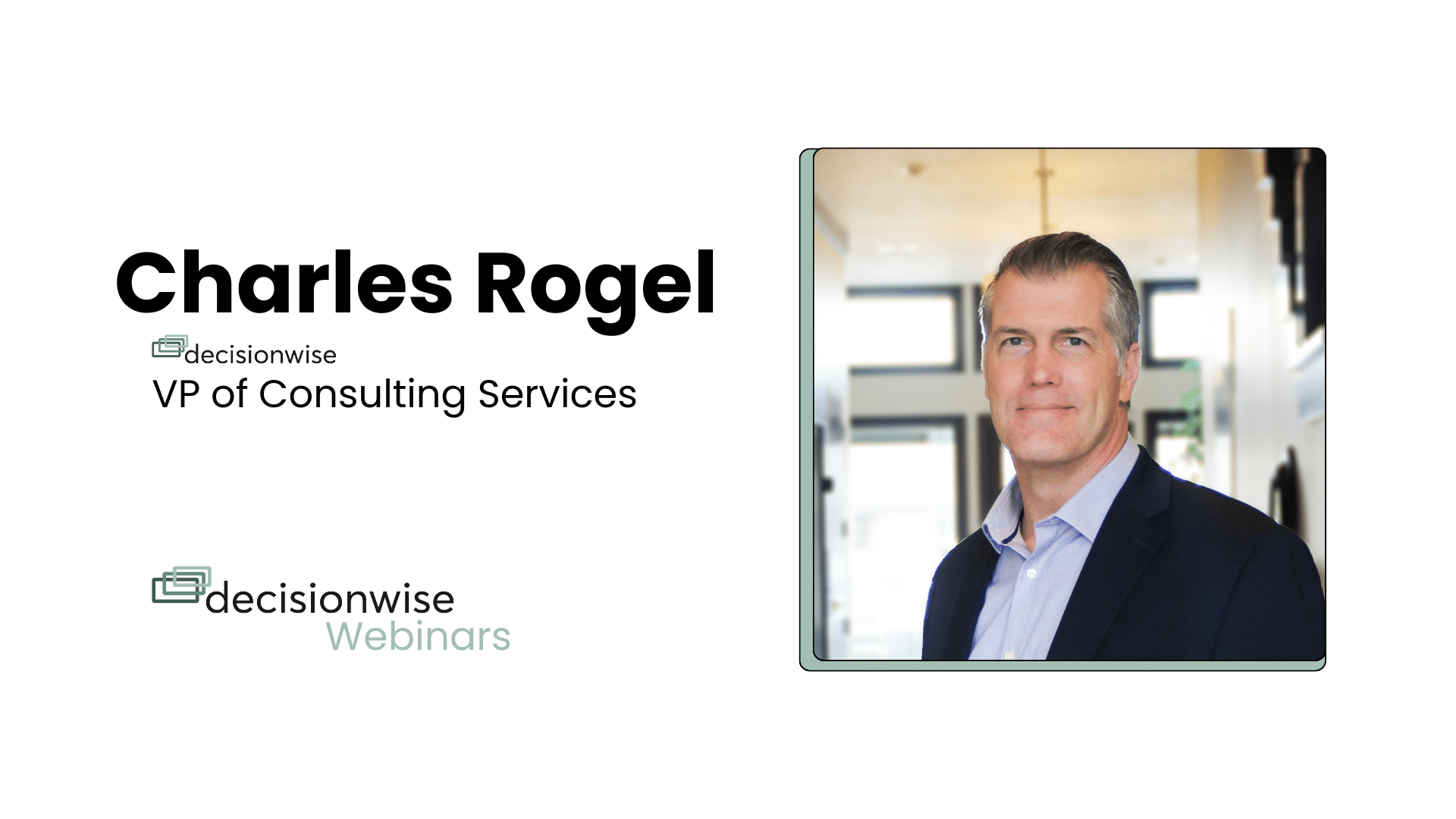With the recent shift of many employees working remotely, employee connection seems to be universally craved now more than ever before. Connection is, in fact, a basic human need, residing on Maslow’s Hierarchy of Needs just above physical safety. And yet, research shows that 40% of employees feel isolated at work, leading to lower employee engagement.
Connection in the workplace is the feeling of being part of a community engaged in something bigger than any one person. There’s a sense of belonging to the organization and the people around you. There’s a deep sense not only of social camaraderie but of kinship, shared culture, values, customers, and mission.
When employees feel a deep, strong connection, they are more likely to expend extra energy for one another, to give more to the job, and to be more positive in the things they say both at work and away from it. Effort, attention to quality and detail, and morale go up . . . and generally, so do profits. Connection can make a team more than the sum of its parts.
Stages of Employee Connection that Drive Employee Engagement
Connection doesn’t happen all at once. It’s rare for a new employee to join an organization and immediately feel they are fully integrated as part of a team. Instead, people typically pass through a few preliminary stages before achieving connection:
Fit. Fit is similarity to, or a congruence with, an employer’s culture or environment. This might manifest as an appreciation for the physical artifacts in the work space, a connection to the social structure, an appreciation for the work environment (digging your cubicle, the break room, etc.), job fit, or a fit with the organization as a whole. People who fit with an organization may find that the people working there have a career or educational background like their own or that the work being done is the kind of work they trained for and enjoy. They fit in with the organizational culture.
Belonging. If fit exists, then employees may move on to feel that they belong with the organization. Belonging includes sharing the same values as the company, enjoying work and memorable team-building experiences like traveling together, and experiencing motivation and reward.
Integration. Once employees feel they belong, they become an integral part of the company culture. Rather than being just a part of the company, the company is a part of who they are.
Case Study: The Ritz Carlton Demonstrates The Results of Full Integration
We can learn a lot about connection and fully integrated employees from The Ritz Carlton and the following experience. John DiJulius was a guest at the Ritz Carlton Sarasota in Florida. While leaving in a rush for the airport, he forgot his laptop charger in his hotel room. DiJulius said, “I planned to call when I got back into my office, but before I could, I received a next-day air package from The Ritz Carlton Sarasota. In it was my charger, with a note saying, ‘Mr. DiJulius, I wanted to make sure we got this to you right away. I am sure you need it, and just in case, I sent you an extra charger for your laptop.’ The note was signed by Larry K. Kinney, in Loss Prevention.”
The Ritz Carlton customer service stories are legendary and for good reason. They demonstrate what it means to have fully integrated employees. Larry Kinney was not just a Ritz Carlton employee; The Ritz Carlton and its “Gold Standards” became a connected part of who he is.
(Source: What Good Customer Service Looks Like at 9 Companies)
The Essential Factor
Employee connection is an essential factor for whether an employee chooses to engage or not. Consider your employees’ experience at your organization. Where might they fall in the stages of connection? How could you foster a greater or more meaningful connection for your employees? Finding answers to these questions will help your employees become fully integrated and connected to the mission of your organization.




